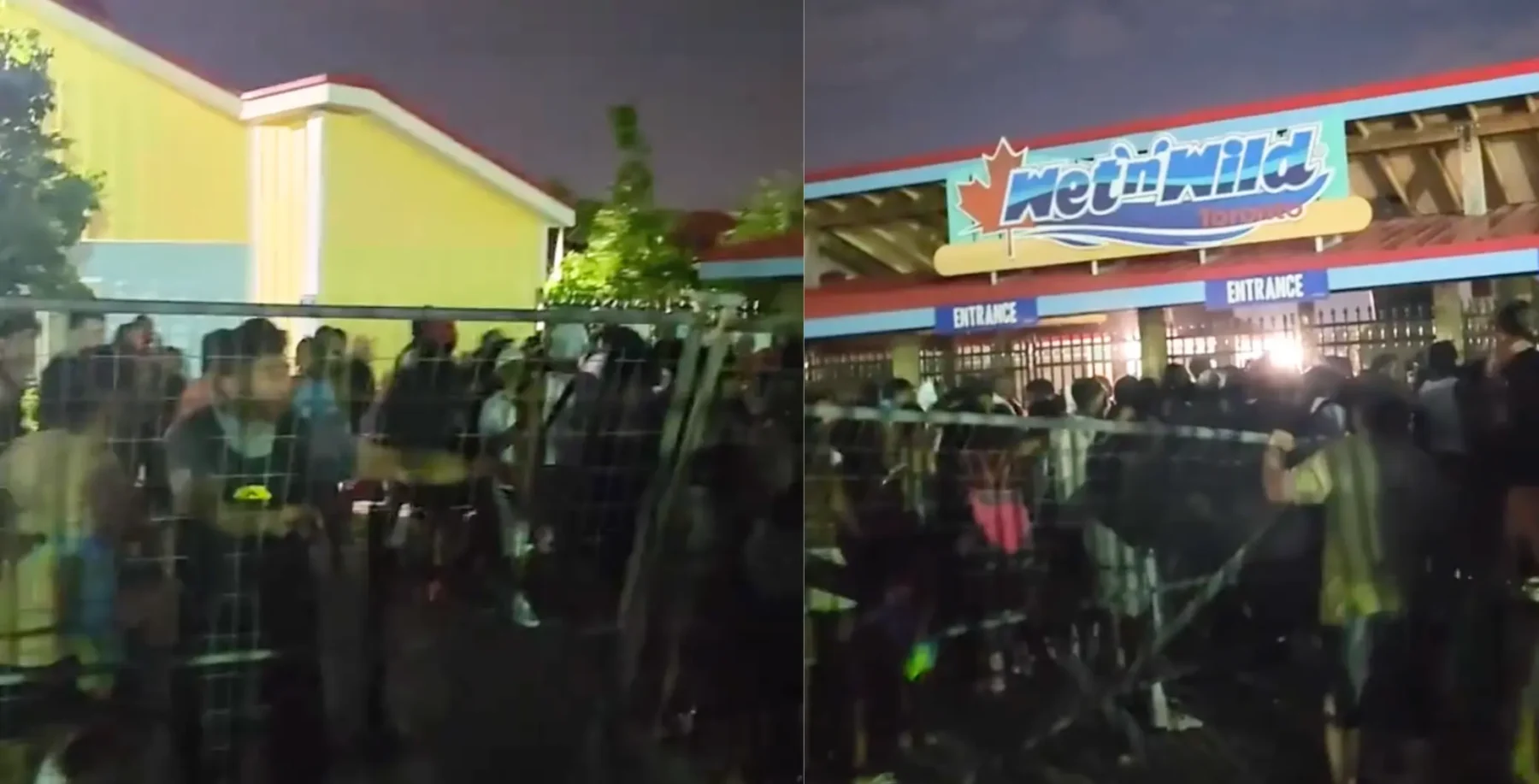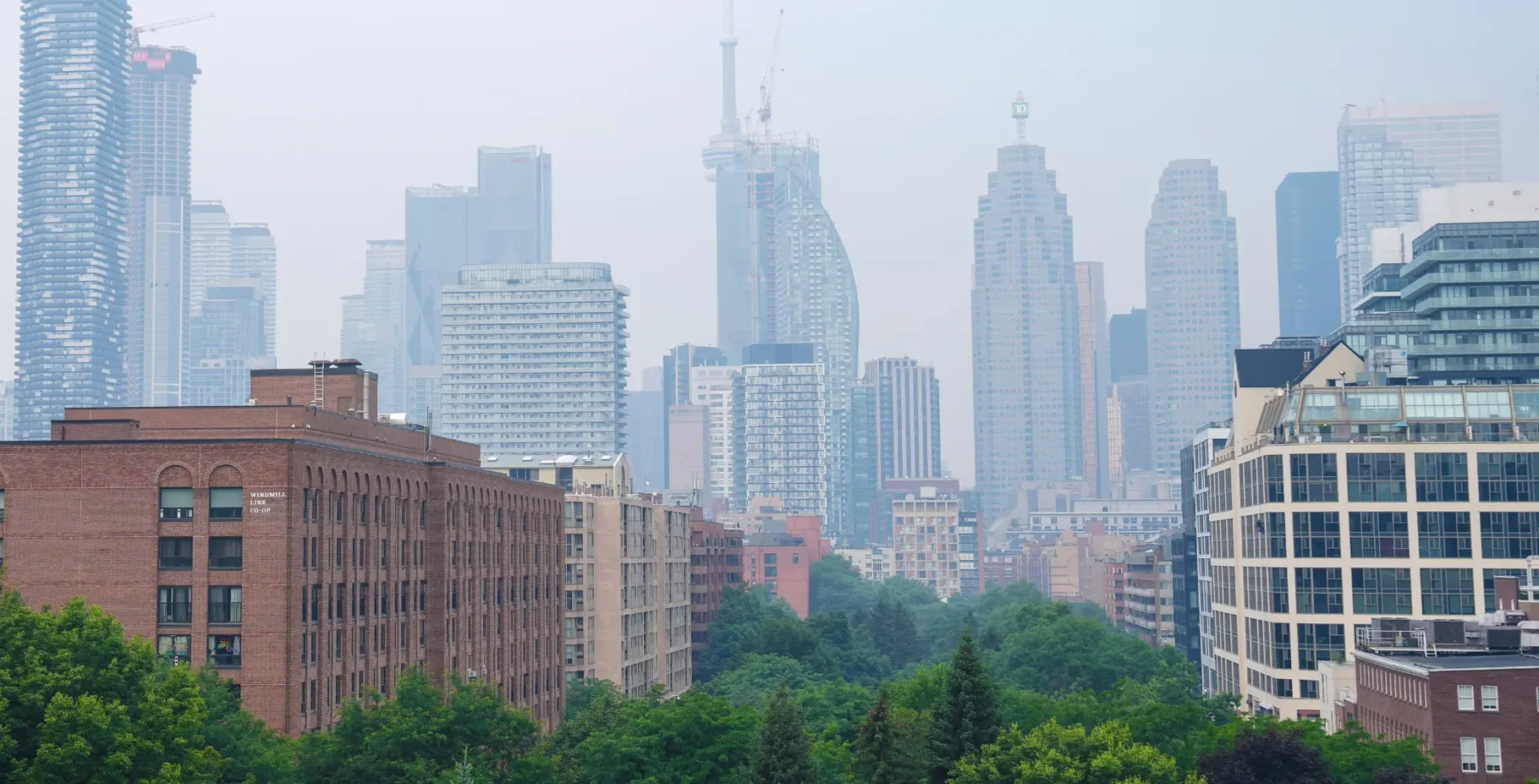
Rating: NNNNN
i am grieving for the family ofCecil Hinds. The 33-year-old pharmacist was shot dead outside a Rexdale townhouse just after midnight on Friday, August 24, as he sat relaxing with friends after a pickup game of basketball. He’d been visiting the old neighbourhood he and his family had left only a few years back to escape the violence of its streets. And so, in this interminable summer of carnage, Cecil Hinds got in the way of an assassin’s bullet not intended for him and became the latest addition to a macabre list of dead black men in Toronto violently murdered in their prime. Eighteen in the last seven months. A hundred in the last five years.
I’m trying to understand why I feel such a profound sense of loss and rage at his death. Perhaps it’s because we’re close in age and both of West Indian stock. Or because I, too, once lived in the neighbourhood where he was killed.
In recent weeks there have been community meetings, newspaper articles and radio interviews focusing on the escalation of gun-related violence. Many have commented on the responsibility black families must bear for this outbreak. This crisis is increasingly being framed as an epidemic of “black-on-black” violence and thus one whose solution lies solely within the black community.
Now, it’s evident that black people are being murdered and murdering each other at a rate that’s disproportionate to their numbers in this city. This should indeed be cause for alarm. However, history reminds us that the National Party government in white supremacist apartheid South Africa used similar “black-on-black” language in the waning days of their regime. It was a way of absolving themselves, and a virulently anti-black economic and political system, of any responsibility.
Far too many officials and ordinary folks in Toronto speak and act as if black people inhabit a separate, pathological space within an otherwise “world-class, cosmopolitan city,” and thus ought to change their ways and fend for themselves. The underlying message is that the state will demonize, criminalize, prosecute and incarcerate us, but cannot and will not comfort, promote or protect us.
Our neighbourhoods have come to resemble war zones, with traumatized residents under siege, our babies mere lambs for the slaughter. And yet there is still no perceived crisis in this city of temperance or in this province of plenty. The fact is that both the victims and perpetrators of these crimes are deemed “other.” They’re dismissed as the collective refuse of society — vilified, derided and forever ignored.
What will it take to rupture the devastating silence emanating from the offices of the municipal government, Queen’s Park and the federal Parliament. When will this epidemic be declared a national health crisis? How many more of us need to die before an inquiry will be called? What dosage of adrenaline is required to shock “our representatives” out of their collective stupor and malign neglect?
Black people are expected to die young expected to go out in a hail of bullets expected to live out the pathetically self-destructive Hollywood script. The political establishment in this city has convinced itself that economically marginalized black and other people of colour choose to live in areas suffused with violence, dysfunction and economic blight, and thus have only themselves to blame. Nobody asked if Matti Baranovski, the white Jewish teenager who was brutally beaten to death while “hanging out’ in a city park, was partially responsible for his death. Nor was the same thing asked of Viv Leimonis, the white Greek newlywed who was killed at a trendy eatery in the Annex.
We’ve witnessed a swift reaction by the media and politicians to ecstasy overdoses and Columbine-style shootings. Sadly, it seems that it’s only when the young people and neighbourhoods of the white middle class are affected that crises of this sort are treated as public health issues.
Perhaps it is only when the bullet-ridden bodies of promising young white men with bright futures — themselves both perpetrators and victims of street gun violence — begin to be carted away in body bags that this society will take notice of the despair that plagues a significant segment of our youth.
To end the violence on our streets would require an actual Common Sense Revolution, a commitment not only to build affordable housing but to implement a veritable Marshall Plan involving the transformation of our crumbling public education system and the end of “economic apartheid.” It would require us finally to embrace not just some but all of our young.
Adrian Harewood is a youth worker












